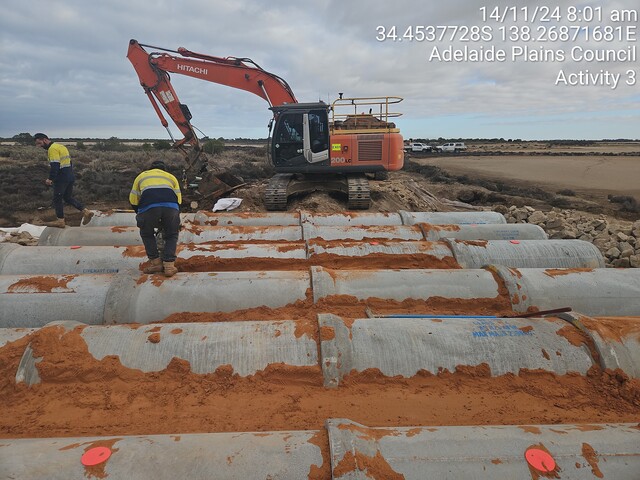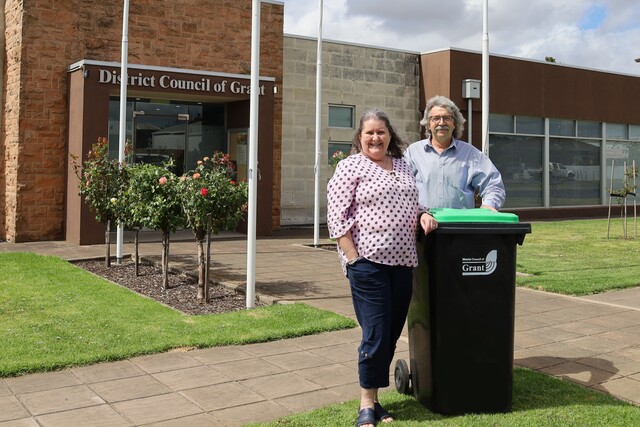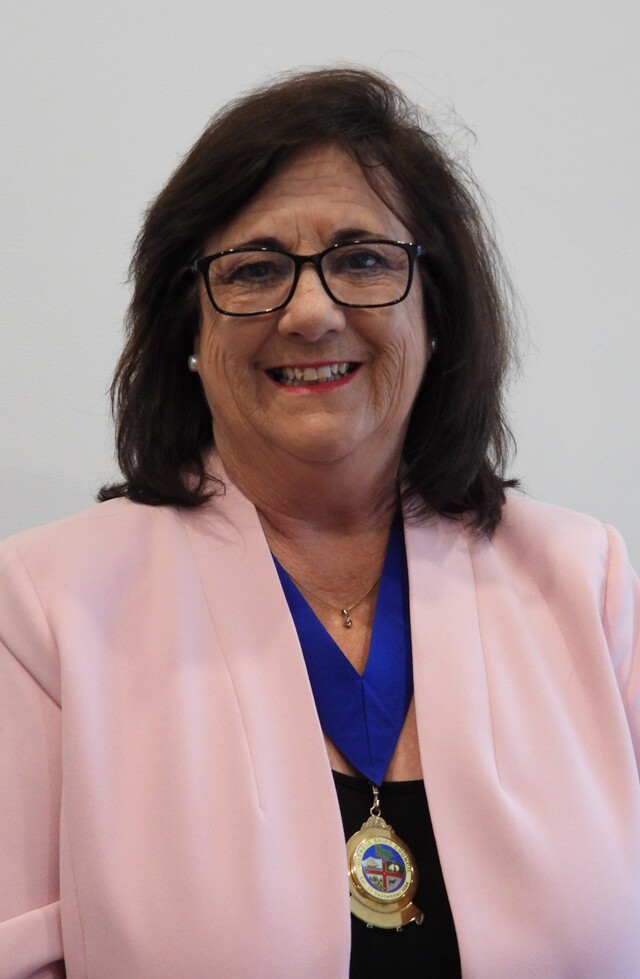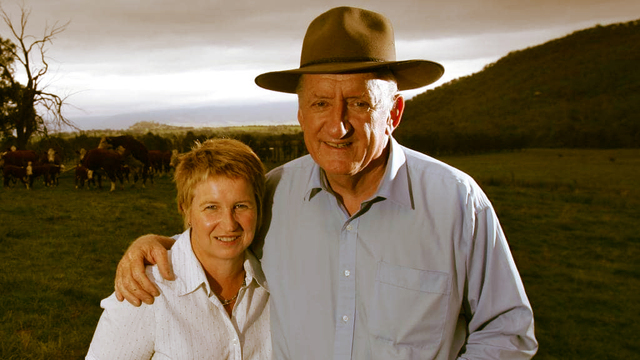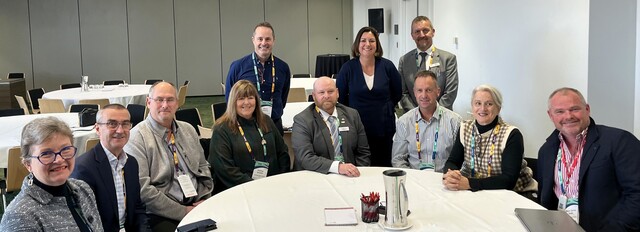Containing one of Australia’s larger CBDs, the North Sydney Council area is rapidly becoming an environmental case study in its own right. Through its own initiatives and partnerships with organisations such as the Sustainable Energy Development Authority (SEDA) and The Wilderness Society, North Sydney Council is set to lead the way in Local Government environmental responsibility.
According to North Sydney Council Mayor, Councillor Genia McCaffery, Local Government has a critical role to play when it comes to environmental issues, particularly in the area of energy conservation and use of renewable energy sources.
In June 2000, a proposal was put before Council to adopt Green Power for 12 per cent of its overall energy consumption. Representation within Council by the Mayor was then made to allocate additional funds and increase Green Power to 25 per cent. Within a month, Council had resolved to adopt immediately the increased amount.
Council’s use of 25 per cent Green Power requires its energy supplier to source approximately 90,000 kilowatt hours per month from approved renewable sources. In environmental terms, this is an annual saving of well over 1,000 tonnes of greenhouse gases that would otherwise be released into the atmosphere.
Higher stakes
“One of the goals we have set ourselves is to increase our Green Power percentage each calendar year,” Councillor McCaffery said. “While this is heavily dependent on budget, it’s rated quite highly on our list of environmental objectives. By doing this, we not only contribute to reducing greenhouse emissions relative to our own electricity usage, but we set an example to businesses in the area, as well as other Councils.”
It is this ‘leading by example’ philosophy that Councillor McCaffery considers a major catalyst in the broader adoption of Green Power and the subsequent benefits this will bring to the environment.
“The reason many businesses and individuals aren’t purchasing Green Power is because it’s more expensive,” she said. “If, by setting an example, we can encourage others to buy Green Power, there can be a real shift in the need for coal fired power stations, bringing about reduced greenhouse gas emissions and a reduction in Green Power costs.”
One way in which Council is encouraging the use of Green Power is through use of the Green Power customer logo. Since 2001, all Council letterheads have incorporated the logo, which contributes to increased awareness of Green Power within the community.
Another initiative being currently implemented by Council, in partnership with SEDA, is the North Sydney CBD Greenhouse Initiative. This initiative teams up with 22 businesses with commercial office buildings in the Council area. Launched in December 2001, the initiative is based on the Australian Building Greenhouse Rating (ABGR), a scheme by which owners and occupiers of office buildings can rate their greenhouse gas emissions and energy performance using a five star scale.
Originally developed for SEDA, the rating methodology has been extended to cover all Australia, and has been successfully trialled in the Sydney CBD.
“We feel that by giving kudos to businesses in the area through programs such as the Australian Building Greenhouse Rating, others will start to follow suit,” Councillor McCaffery said. “Businesses recognise that a good profile within the community can be strengthened by displaying a strong environmental ethic, with responsible energy policies playing a major part in this.”
Energy Smart
North Sydney’s involvement with SEDA programs and initiatives has also extended to its participation in the Energy Smart Business program. Under the program, a SEDA energy consultant is working with Council to identify key areas across all operations where energy savings can be made.
“We now have a four stage action plan in place, which covers off on energy savings in all Council buildings,” said Peter Massey, Council’s Environmental Services Manager. “While we could have undertaken a similar exercise on our own, SEDA’s involvement and commitment makes it significantly easier for us, administratively and financially.”
Council was recently awarded a Silver Green Globe Award for implementing energy efficiency projects across 50 per cent of its operations. Through these innovative energy efficiency projects, Council has now reduced annual energy bills by $266,600 and reduced greenhouse gas emissions by 2,478 tonnes each year.
Guiding policies
While Council is taking an active role in promoting energy responsibility through initiatives such as the North Sydney CBD Greenhouse Initiative and the Energy Smart Business program, it is working just as strongly in other areas, such as development approvals.
“New buildings are constantly put forward to Council for approval,” Peter Massey said. “One project we’re working on right now is the introduction of planning controls to ensure new buildings are as greenhouse friendly and as energy efficient as possible. At one level, at least, we see this as yet another means by which we can promote the use of Green Power in the North Sydney area.”
In commenting on Council’s responsibility to environmental action through measures such as adopting Green Power, Councillor McCaffery said that if we want to stop the environmental crisis the planet is facing through global warming, every country, every State and every Local Government has to make a contribution.
“We [Australians] consume an unbelievable amount of the earth’s energy and if we expect less developed countries to follow suit, then we have to either consume less energy, or consume it in ways – such as Green Power – that have less impact on the planet,” she said.
The Green Power guarantee
The National Green Power Accreditation Program has won international acclaim and a 2000 Prime Minister’s Environment Award for stringent auditing requirements and raising public environmental awareness.
The program was initiated in 1997 by the NSW Government’s Sustainable Energy Development Authority (SEDA) and due to growing demand is now operated nationally by the National Green Power Accreditation Steering Group.
Accreditation requirements and reporting documents can be downloaded from The Rules section of the Green Power web site at www.greenpower.com.au
Green Power accredited products are generated from the following.
- Solar power – conversion of the sun’s energy directly into electricity by use of solar technologies.
- Wind power – harnessing wind force to drive energy producing turbines that are based on the designs of traditional windmills.
- Biomass – using energy from sources such as municipal waste, agricultural waste, landfill gas and wood waste. Only wood sources from existing sustainably managed forestry plantations and clearing of specified noxious weeds are accepted. Use of any materials from high conservation value forests is not acceptable and not approved under Green Power guidelines.
- Mini-hydro power – using the force of water flowing from a river or existing dam to drive a generator.
For more information on how to purchase Green Power, or its benefits, please call 136 206 or visit www.greenpower.com.au.


